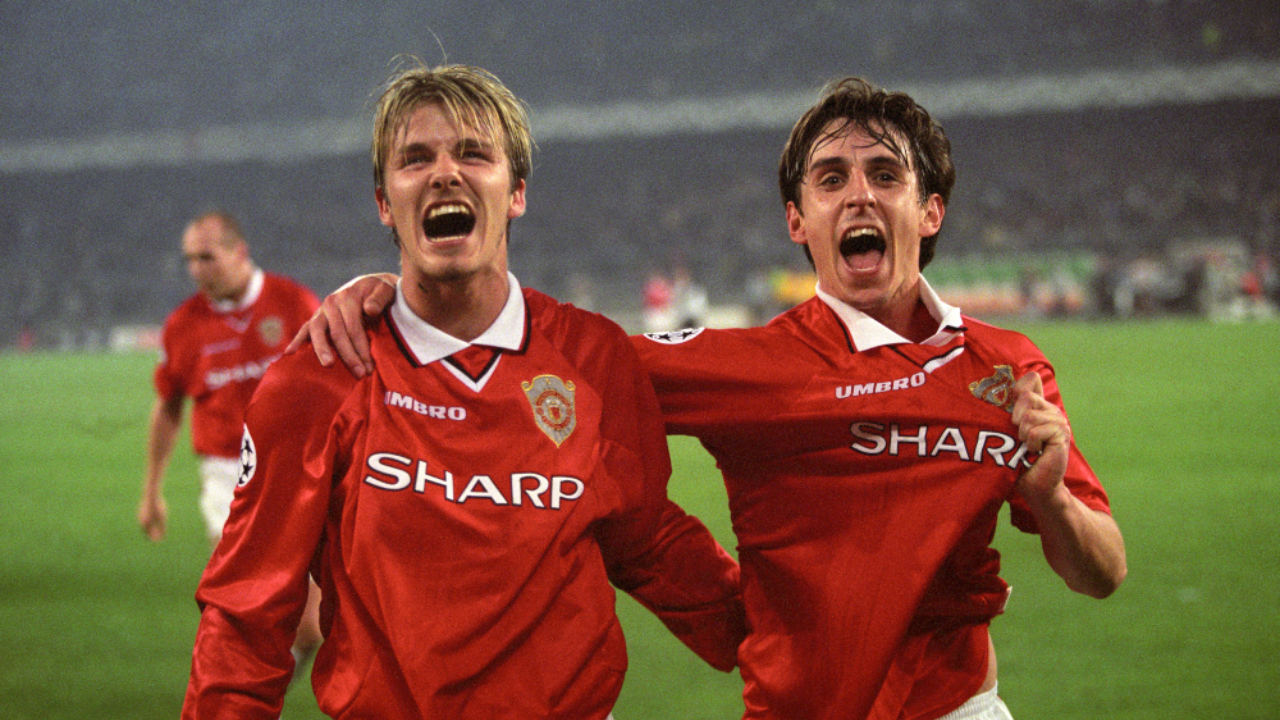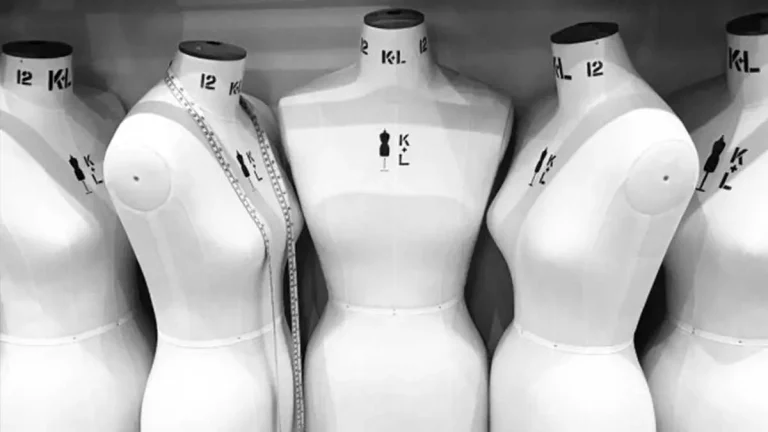Comparing Manchester United Legends – A Utd Plug Throwback
Manchester United’s history is not just decorated with trophies, it’s filled with names that echo through generations — legends who defined eras, lifted titles, and etched themselves into football’s global memory. For fans of the club, discussing and comparing these players is more than nostalgia; it’s about understanding the evolution of greatness at Old Trafford.
From the days of George Best and Bobby Charlton to the dominance of Roy Keane and Ryan Giggs, and the brilliance of Wayne Rooney and Cristiano Ronaldo, Manchester United has been home to some of the most iconic players in the history of the game. Each of them carried the badge with pride and contributed uniquely to the club’s identity.
In this Utd Plug throwback, we take a journey through some of United’s greatest names and compare their impact — not to diminish anyone’s legacy, but to appreciate the diversity of talent that has worn the red shirt over decades.
Bobby Charlton vs. Paul Scholes – The Heart of Midfield Brilliance
Bobby Charlton was a symbol of resilience, especially after surviving the Munich air disaster in 1958. His goalscoring ability from midfield, combined with elegance and intelligence, made him a beacon for post-war football and United’s global rise. Charlton scored 249 goals in 758 appearances and helped lead the club to its first European Cup triumph in 1968.
In contrast, Paul Scholes was a modern magician. Though not as prolific a goalscorer as Charlton, Scholes’ ability to control tempo, switch play, and score the occasional thunderbolt made him a midfield general for two decades under Sir Alex Ferguson.
Charlton carried the club when it was rebuilding. Scholes thrived when United was a dominant force. One led by example in an era of reinvention; the other orchestrated play with subtle mastery during one of the club’s most successful periods.
Legacy Impact: Charlton remains an ambassador of Manchester United’s spirit, while Scholes is a symbol of loyalty, intelligence, and world-class consistency.
George Best vs. Cristiano Ronaldo – The Flair Icons
If football is art, George Best was the canvas. A dazzling winger with unimaginable balance and technique, Best played like he was from another planet. In the 1960s, he terrorized defenders with flair and confidence, becoming a cultural icon as much as a footballer. He scored 179 goals in 470 games, and at his peak, there was no one like him.
Cristiano Ronaldo, however, brought athleticism to artistry. In his first spell at United (2003–2009), he evolved from a showboating teenager into a Ballon d’Or-winning goal machine. His pace, power, and eye for goal helped United win three consecutive Premier League titles and the 2008 Champions League.
While Best played with instinct and improvisation, Ronaldo combined flair with ruthless efficiency. Best was unpredictable magic; Ronaldo was calculated brilliance.
Legacy Impact: Best embodied the freedom and charm of football’s golden age. Ronaldo, in contrast, set the standard for professionalism and peak performance in the modern era.
Roy Keane vs. Bryan Robson – The Captains of Steel
Two leaders. Two warriors. Bryan Robson was dubbed “Captain Marvel” for a reason. He led United through tough times in the 1980s, delivering relentless performances and inspiring those around him despite injuries. His box-to-box energy and ability to score crucial goals made him a complete midfielder.
Roy Keane, on the other hand, captained United during its most dominant era under Ferguson. His leadership wasn’t just vocal; it was physical, demanding, and exacting. The way he drove the team forward, especially in that unforgettable 1999 Champions League semifinal against Juventus, cemented his place in history.
While Robson carried teams through grit and technical ability, Keane enforced standards through intensity and tactical awareness.
Legacy Impact: Robson was the heartbeat of a rebuilding club. Keane became the spine of a dynasty.
Eric Cantona vs. Wayne Rooney – The Cultural Catalysts
Few players have changed a club’s direction like Eric Cantona. When he arrived from Leeds in 1992, United hadn’t won the league in 26 years. Cantona brought more than just goals — he brought belief. His flair, creativity, and leadership became the foundation for the club’s 90s dominance.
Wayne Rooney, the club’s all-time leading scorer with 253 goals, offered longevity, adaptability, and unmatched work rate. From teenage prodigy to team leader, Rooney evolved constantly — playing as a striker, No. 10, winger, and even midfielder.
Cantona was a short-term revolution. Rooney was a long-term pillar. Cantona inspired a generation; Rooney carried the burden of expectation from day one and never stopped delivering.
Legacy Impact: Cantona lit the spark. Rooney kept the fire burning for over a decade.
Ryan Giggs vs. David Beckham – Wings of Different Wings
Ryan Giggs is synonymous with Manchester United. With a record 963 appearances and 34 major trophies, his name is etched in every United fan’s memory. Giggs was all about consistency, speed, and evolution. From a young, flying winger to a composed midfield veteran, he adapted with time.
David Beckham, meanwhile, was the crossover superstar — known as much for his image as for his incredible right foot. His set-piece delivery, passing accuracy, and tireless energy made him vital to United’s success during the late 90s and early 2000s.
Giggs stayed and conquered for decades. Beckham dazzled for a golden spell and then took his brand to the world.
Legacy Impact: Giggs was the ultimate one-club servant. Beckham was the global ambassador of United’s brand during its peak marketing era.
Edwin van der Sar vs. Peter Schmeichel – The Guardians
Two goalkeepers, both extraordinary, both crucial in securing Champions League trophies.
Peter Schmeichel was the original wall — aggressive, commanding, and an intimidating presence. His reflex saves and vocal leadership were essential during the treble-winning campaign of 1999.
Edwin van der Sar, signed late in his career, brought calmness and composure. His performance in the 2008 Champions League final, especially that penalty save from Nicolas Anelka, gave United a second European crown under Ferguson.
Schmeichel was fire and fury. Van der Sar was ice and intellect.
Legacy Impact: Schmeichel set the standard for what a United goalkeeper should be. Van der Sar restored that excellence after years of instability post-Schmeichel.
Final Thoughts: Legacy, Not Competition
Comparing Manchester United legends isn’t about declaring who was “better.” It’s about understanding the club’s identity through different eras, players, and stories. Each of these legends brought something unique — leadership, flair, resilience, consistency, or adaptability.
The culture of Manchester United was built not just on trophies, but on personalities. From the swagger of Best to the fire of Keane, from the loyalty of Giggs to the hunger of Ronaldo, every generation had heroes who shaped how the game was played — and how the club was perceived.
Through platforms like Utd Plug, fans now have the space to revisit these legends, debate their contributions, and share stories with new generations of supporters. In doing so, the legacy lives on — not just in statues or statistics, but in the memories, passion, and conversations of millions of fans around the world.






